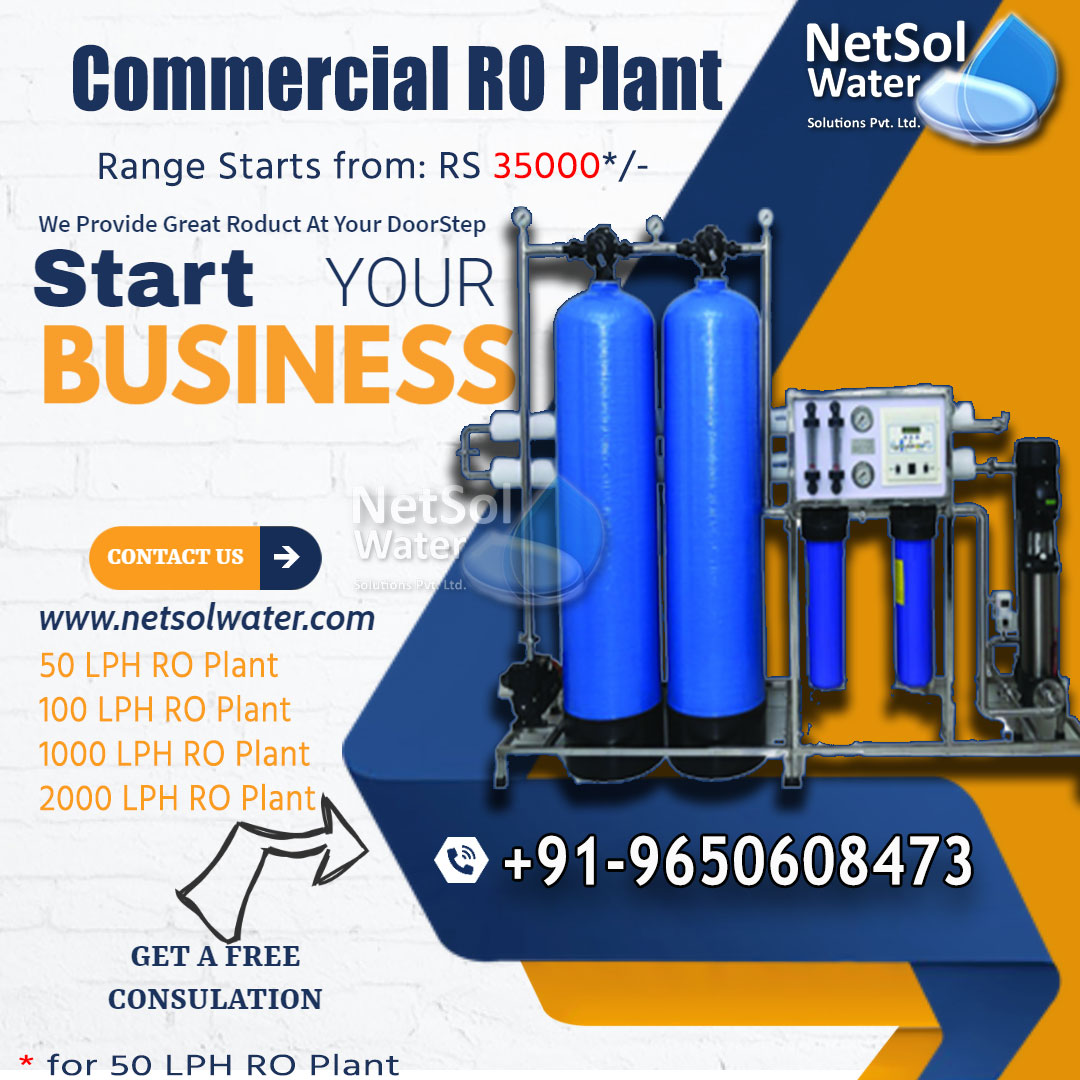What is a foam?
Foam is a clump of bubbles formed when certain forms of gas are spread in a liquid and then stabilized. Even with high aeration, foam cannot form in pure water because there is nothing in the water to stabilize it. To make stable foam, water must possess specific extra components, either soluble or insoluble.
What problems might foam cause?
Foam can cause issues with industrial equipment and processes, as well as have an impact on overall plant efficiency by lowering throughput and producing overspills. These spills can constitute a slip hazard for business properties, resulting in personal injury and other mishaps; and cleaning up those spills can be time-consuming and labour-intensive.
Types of Foam or its varieties
Biological foam and surfactant foam are the two types of foam:
• Biological foam is produced by microorganisms as they metabolise and degrade organic materials in wastewater. Bio-foam is made up of very small circular bubbles and is incredibly stable, appearing dry.
• Surfactant foam is produced by the addition of surface-active substances such as soaps and detergents, as well as reactions between caustics and oil or grease and other chemical discharge.
What are antifoams?
Antifoams are chemical compounds that are used to prevent the unnecessary development of foam during industrial processes. They are available in a variety of forms, including mineral oil, silicone, natural organic, and synthetic organic, and the suitable type will depend on the sort of foam that needs to be prevented.
How do antifoams function?
Antifoams function by altering the properties of the liquid to prevent foam formation. Antifoams displace the surfactant molecules in the foam lamella, causing the monomolecular layers to become less elastic and more easily degraded.
Combination of antifoam and defoaming treatments may also contain solid particles such as waxes, paraffin, or silicas, which spread onto the foam lamella and cause the bubbles to rupture, allowing trapped air to escape and preventing the foam from continuing to build up.
What is a Defoamer in Commercial RO Water Treatment Systems?
Antifoaming compounds, defoamers, and air release agents are chemical processing aids used to reduce or eliminate foam in industrial operations. While the phrases are frequently used interchangeably, they involve different methods, therefore it is important to differentiate between them.
• Defoamers are foam management chemicals that are introduced to a system after foam has formed to lessen or eradicate it.
• Antifoaming agents are foam control agents that are introduced to a system or formulation to prevent foam from forming.
• Air release agents aid in the removal of entrained gases from a solution and their elevation to the surface.
These classifications are not mutually exclusive. Many chemical compositions, for example, can both prevent and destroy foam, therefore they can be classed as antifoaming agents and defoamers. Furthermore, several defoamers have an effect on entrained air, and some air release agents start the destabilizing process for surface foam.
For the sake of brevity, the word "defoamer" is used as an industry standard to refer to any foam-controlling processing aid.
Features of Defoamers
• Defoaming agents;
• Silicone oil and surfactants are present;
• Decreases the development of foam;
• Limits the formation of foam on the liquid's surface;
• Used in the processing of liquids in industry;
• Low viscosity and surface activity;
• Attraction to the air-liquid interface.
Conclusion
Many industrial and commercial processes can be disrupted by foam, and if left untreated, it can lead to severe overspills, which can lead to an accident on-site as well as significant downtime while the spill is cleaned up.
Netsol Water specializes in physical, chemical, and biological wastewater treatment as well as water treatment solutions. Contact us to discuss your needs in greater depth; our team of specialists would be pleased to help tailor a solution to your specific demands including Commercial and Industrial RO Plants.




